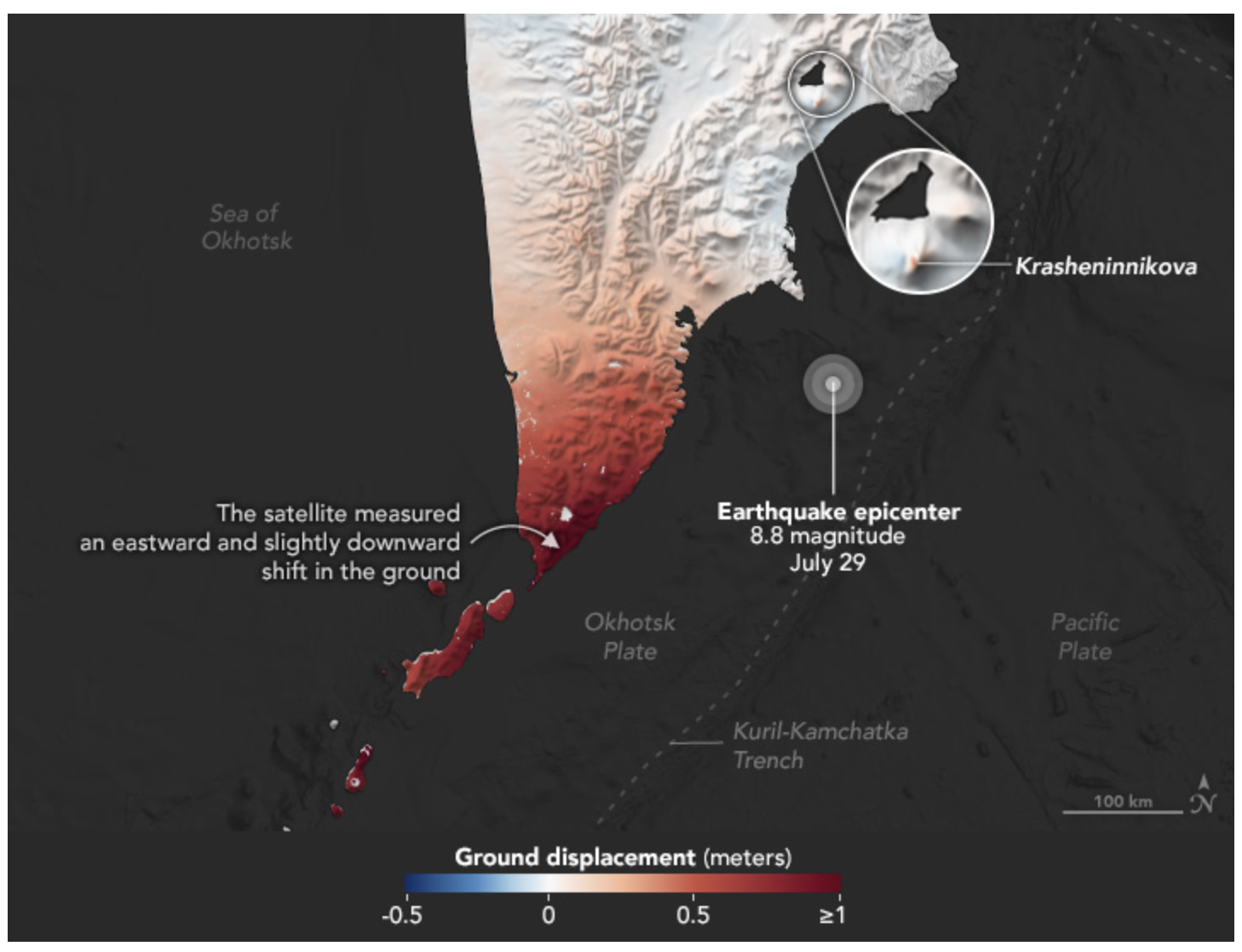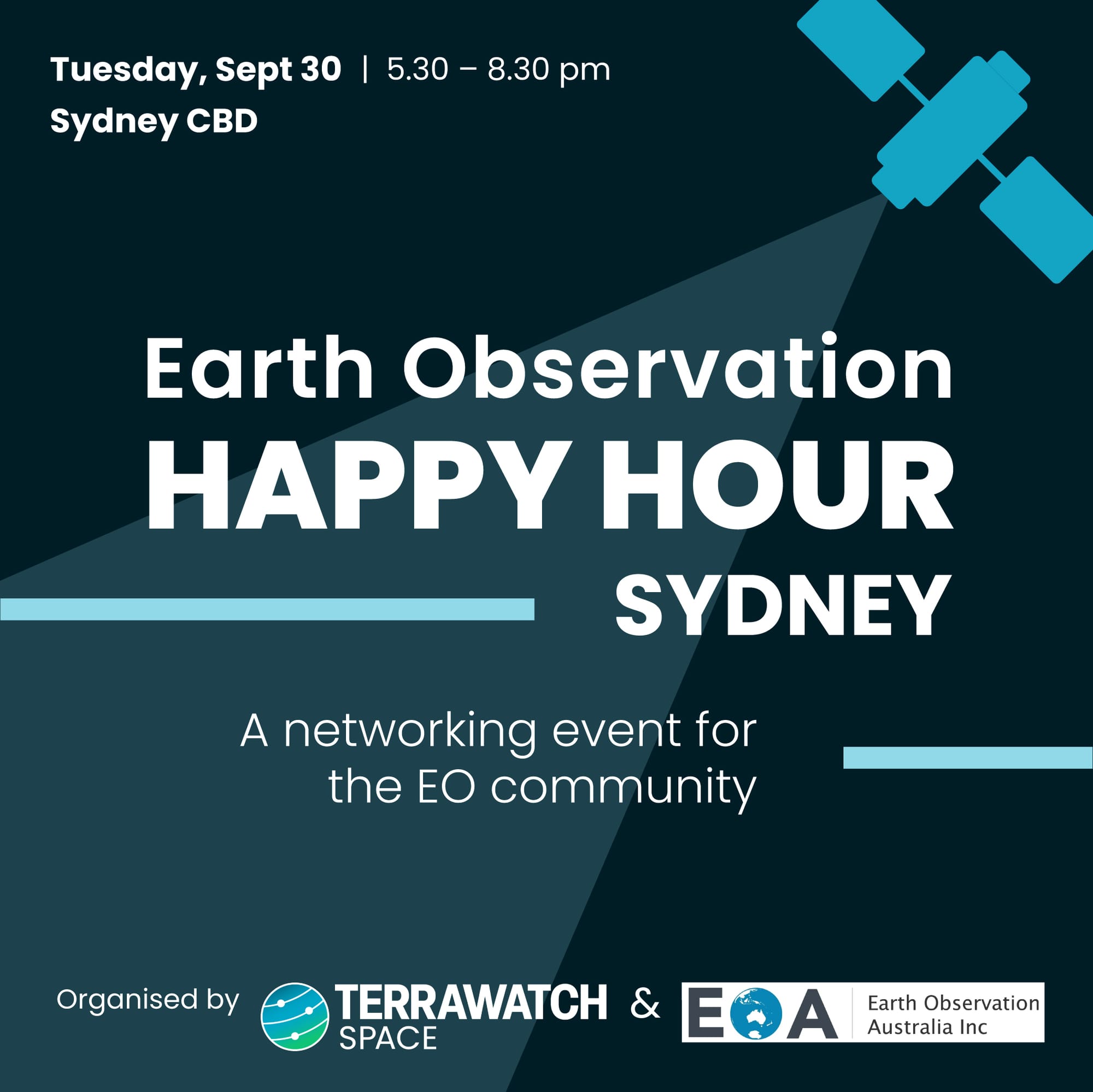Welcome to the first official edition of Earth Observation Essentials, the free biweekly newsletter from TerraWatch covering key highlights from the EO market along with insights and analysis.
If you would like a more detailed, comprehensive market briefing, delivered every week, become a Pro or Premium subscriber.
📈 EO Market Highlights
Major developments in EO
💰 Iceye raised $11M in new funding from Poland’s National Development Bank adding to the $550M raised from investors so far.
The funding may not be a surprise given one of its founders is a Polish citizen, but this is yet another indication that sovereign EO is becoming Iceye's growth engine, central to its €200M expected in 2025.
🌱 UK-based startup Messium that is developing a crop intelligence platform to by improve farming efficiency by detecting how much nitrogen is present on the field using hyperspectral imagery has raised £3.3m in seed funding.
🤝 Aechelon Technology, a defense solution provider announced the launch of 'Project Orbion', a live Digital Twin of the Earth, in collaboration with partners such as Niantic Spatial (geospatial modeling and visualization), Iceye (radar imagery) and BlackSky (optical imagery), among others.
🏭 The US Environmental Protection Agency (EPA) has proposed to end requirements for industrial sites to report their annual greenhouse gas emissions.
🌦️ NOAA awarded two major contracts for satellite-based weather observations - $24M to PlanetiQ and $11M to Spire - to supply GNSS-based radio occultation data. While there have been several data buy contracts for commercial weather satellite data in the past, this is the largest contract ever contract so far.
Over the past 2 weeks, we provided exclusive insights and analysis on topics such as EO Capacity Leasing, Weather Data Market Evolution and EO Satellite Projections until 2030.
Upgrade to become a Pro subscriber for weekly market briefings
💡 Insight Bytes
A quick dose of analysis from TerraWatch
The Three Categories of End Users in EO
The EO sector continues to suffer from a marketing and communication challenge, both in terms of spreading awareness of the value of EO by using the right language as well as positioning the right solutions in front of users, to solve their problems and get the job done. To solve this problem, it might help to identify the different persona of potential users of EO.
I believe that the end-users of EO fall into one of 3 categories, which I decided to simply call: Actively Looking, Passively Looking and Not Looking.

Those in the ‘Actively Looking’ category are both problem and solution aware. They know their problems and also know how EO can help solve them. They are interested in benchmarking different EO-based solutions, analysing the trade-offs and scaling the use of EO for solving their problems, in the immediate future. For them, it is about identifying the most efficient and effective way to integrate EO into their workflow and business processes to gain value.
Those in the ‘Passively Looking’ category are problem aware, but solution unaware. They know they have business problems that EO could help solve, but they don't know how. They need more EO evangelisation than simply EO marketing, as they could potentially adopt EO in the near future. For them, it is about communicating how EO is equally, if not, better than the existing methods they use to solve their problem, and how it can even complement what they do.
Those in the ‘Not Looking’ category are the hardest to sell to because they are not aware that they may have a business problem that EO could help them solve, as it is already being solved by other methods. They need more fundamental EO education and they might not adopt EO until well into the future. For them, it is just about understanding the fundamentals of EO and the potential applications of EO, without delving much into their use cases.
This is one of the methodologies we use at TerraWatch to develop go-to-market strategy and positioning models for EO and EO-enabled companies. Please reach out if you are looking for advisory on commercial EO strategy and adoption.
Will you be at Climate Week in NYC next week?
We are hosting a side event during Climate Week NYC on Thursday, September 25, for sustainability teams, nonprofits, investors, and data-driven decision-makers. We will be exploring how satellite data is powering action across four themes – emissions, weather, nature, and wildfires.
We’ll be putting together multidisciplinary panels, fireside chats and discussing real-world applications of EO, barriers to adoption, and what’s needed to scale EO-powered sustainability efforts – in partnership with leading EO companies GHGSat, Tomorow.io, Planet and EarthDaily.

🔍 Recommended Reads
Interesting links to check out
- This article from the World Resources Institute that discusses the newly released global dataset on vegetation height for ecosystems outside forests.
- This paper that discusses how new policies in the EU are driving demand and growing the market for EO-based solutions.
- This article showing NASA's new dataset from the PACE mission to monitor plant growth under various conditions throughout the growing season.
🛰️ Scene from Space
One visual leveraging EO
Earthquake Displacement with SAR
Satellites can measure ground displacement using a technique called interferometric synthetic aperture radar or InSAR i.e. the shifting of the ground away from or toward the satellite. The image below, with analysis from NASA, shows the level displacement after a major earthquake (8.8) that occured in in eastern Russia. Data from JAXA's ALOS-2 was used for this analysis.

Going to IAC in Sydney later this month?
We are teaming up with Earth Observation Australia to host an Earth Observation Happy Hour in Sydney on September 30. With the International Astronautical Congress (IAC 2025) bringing many in the EO ecosystem to Sydney, we are taking the opportunity to host this networking evening.
Whether you are from a space agency, a government institution, an EO data/solution provider, or an investor or an end-user organisation putting EO into practice across insurance, finance, energy, mining, agriculture, sustainability and climate - everyone is welcome. Registration is required!

Until next time,
Aravind.






